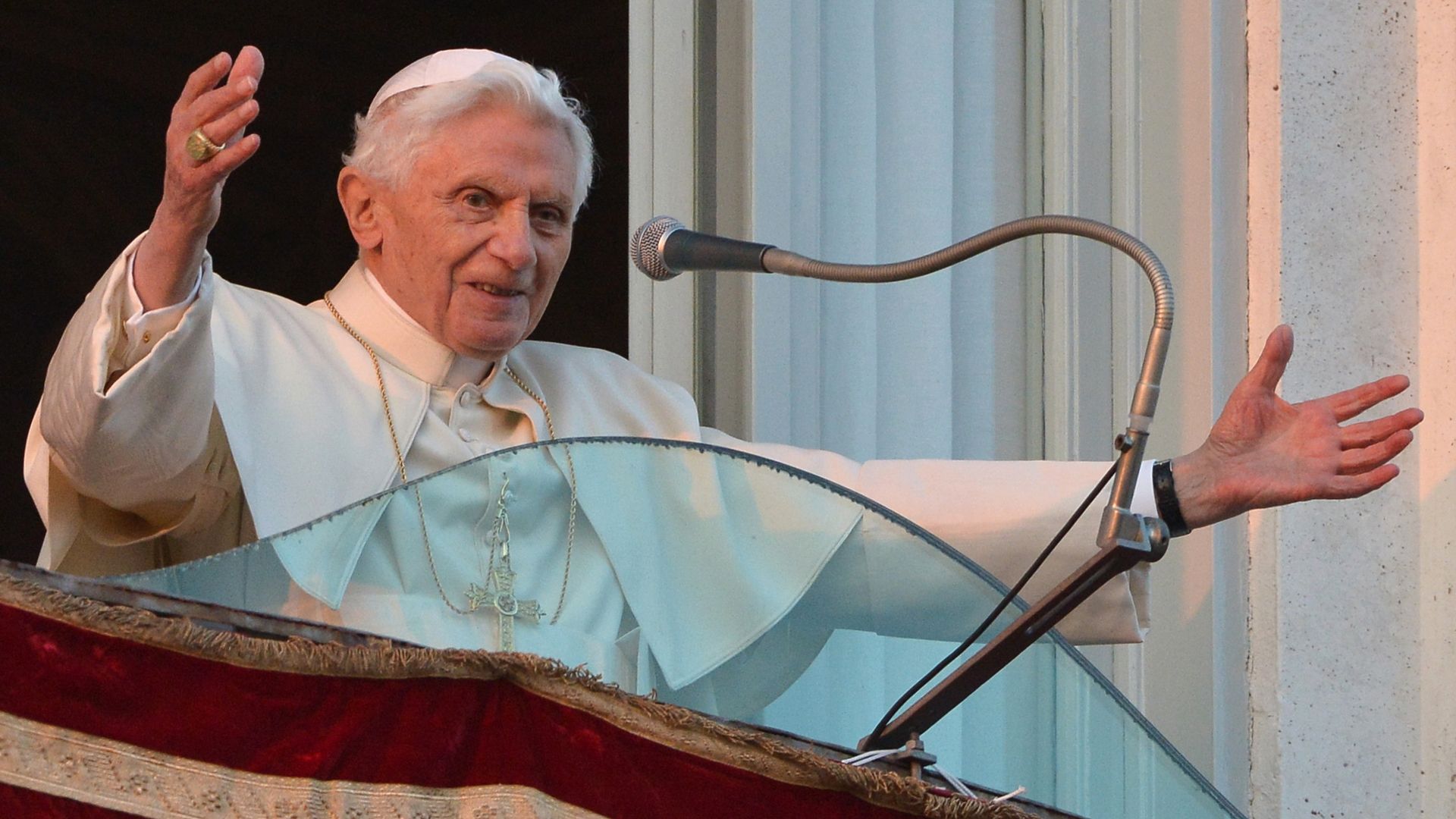
After the Death of a Pope: What Happens Next?
When a pope dies, it sets in motion a centuries-old process steeped in solemnity, tradition, and global attention. Following the recent death of Pope Francis at the age of 88, the world once again turns its eyes to the Vatican, not just to mourn a spiritual leader, but to witness the unfolding of one of the most sacred transitions in Catholicism.
It begins with confirmation of death — not just by media, which often breaks the news first to the public, but through an official procedure. The camerlengo, currently Cardinal Kevin Farrell, is informed by the prefect of the papal household. In a ceremonial yet deeply significant moment, the camerlengo verifies the death in the presence of Vatican officials and a death certificate is drawn. News is then shared with Rome, with heads of state, and ultimately the world.
The pope’s private residence is then sealed. This tradition, once intended to prevent looting, now primarily ensures that personal documents and sensitive material remain protected. As part of this ritual, the camerlengo destroys the papal ring and seal — a clear symbol that the reign has ended.
Also Read:- Ransom Canyon Season 2 Sets Itself Apart from Yellowstone and Virgin River
- Christian Braun Reflects on Nuggets’ Game 1 Thriller and Playing Alongside Jokić
A nine-day mourning period, known as novemdiales , begins. During this time, the pope lies in state, allowing the faithful and dignitaries alike to pay their final respects. For Pope John Paul II in 2005, nearly a million people visited his body as he lay in state. Pope Francis, however, in a 2025 memoir, shared that he wished for a simpler service — foregoing certain ceremonial elements to reflect his personal humility.
Within four to six days, the funeral is held — a moment of spiritual weight and international spectacle. For Pope John Paul II, 2 million mourners watched, and an array of world leaders attended. The camerlengo oversees these final rites, carried out based on the deceased pope's wishes. Notably, Pope Francis requested not to be buried in St. Peter's Basilica, but rather at Santa Maria Maggiore, underscoring his view that the Vatican was a place of service, not his eternal home.
Then comes the pivotal moment — the conclave. Only cardinals under the age of 80 are eligible to vote, and their task is profound: to choose the next leader of the Catholic Church. Held in strict secrecy in the Sistine Chapel, the process is marked by rounds of voting. The world watches the chimney for a sign — black smoke means no decision, white smoke means a new pope has been chosen.
After a successful vote, the chosen cardinal is asked if he accepts and what name he will take. The moment is sealed with the historic declaration from the balcony: “ Habemus Papam! ” — “We have a pope!”
This ritual, though ancient, continues to capture the hearts and attention of millions across the globe. It is a reminder not just of loss, but of continuity, faith, and the enduring nature of a church that has spanned centuries.
Read More:

0 Comments